LOS ANGELES (AP) — For more than two decades, the low rent on Marina Maalouf’s apartment in a blocky affordable housing development in Los Angeles’ Chinatown was a saving grace for her family, including a granddaughter who has autism.
But that grace had an expiration date. For Maalouf and her family it arrived in 2020.
The landlord, no longer legally obligated to keep the building affordable, hiked rent from $1,100 to $2,660 in 2021 — out of reach for Maalouf and her family. Maalouf's nights are haunted by fears her yearslong eviction battle will end in sleeping bags on a friend's floor or worse.

While Americans continue to struggle under unrelentingly high rents, as many as 223,000 affordable housing units like Maalouf's across the U.S. could be yanked out from under them in the next five years alone.
It leaves low-income tenants caught facing protracted eviction battles, scrambling to pay a two-fold rent increase or more, or shunted back into a housing market where costs can easily eat half a paycheck.
Those affordable housing units were built with the Low-Income Housing Tax Credit, or LIHTC, a federal program established in 1986 that provides tax credits to developers in exchange for keeping rents low. It has pumped out 3.6 million units since then and boasts over half of all federally supported low-income housing nationwide.
“It’s the lifeblood of affordable housing development,” said Brian Rossbert, who runs Housing Colorado, an organization advocating for affordable homes.
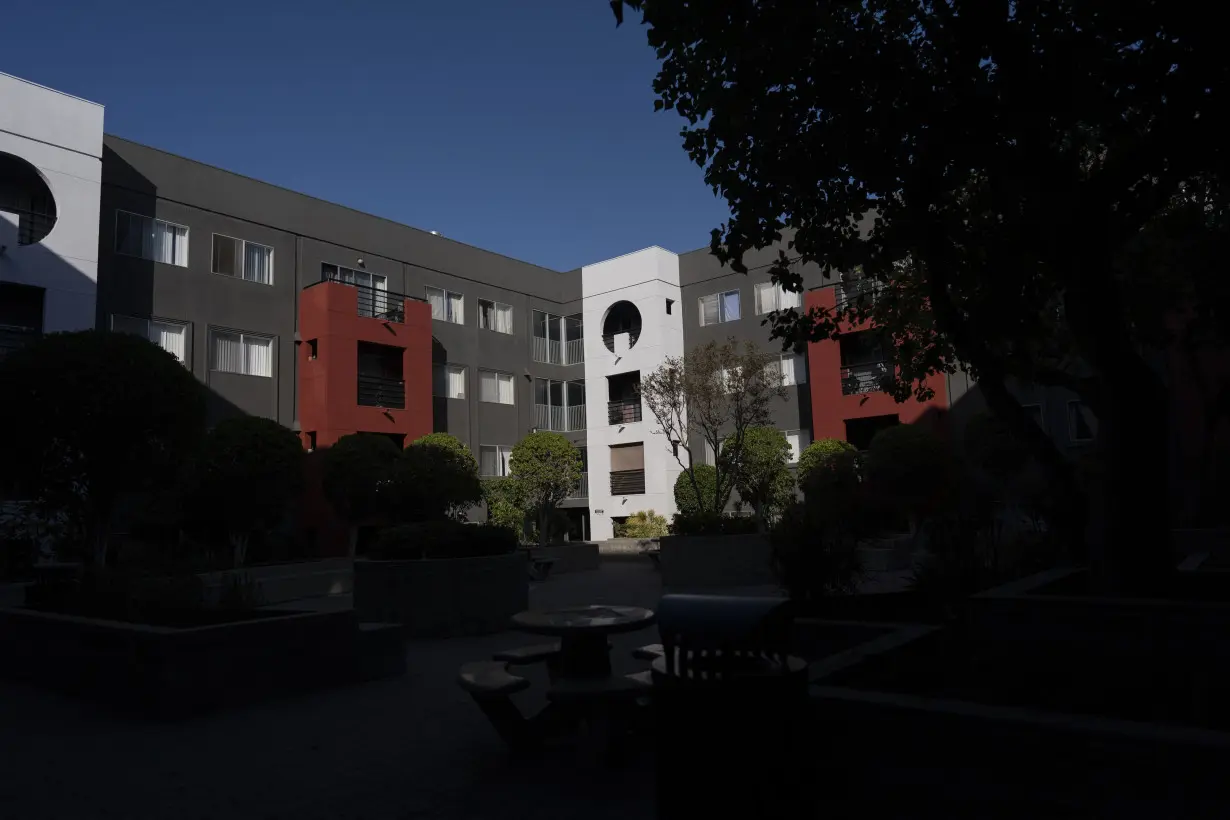
That lifeblood isn’t strictly red or blue. By combining social benefits with tax breaks and private ownership, LIHTC has enjoyed bipartisan support. Its expansion is now central to Democratic presidential candidate Kamala Harris’ housing plan to build 3 million new homes.
The catch? The buildings typically only need to be kept affordable for a minimum of 30 years. For the wave of LIHTC construction in the 1990s, those deadlines are arriving now, threatening to hemorrhage affordable housing supply when Americans need it most.
“If we are losing the homes that are currently affordable and available to households, then we’re losing ground on the crisis,” said Sarah Saadian, vice president of public policy at the National Low Income Housing Coalition.
“It’s sort of like having a boat with a hole at the bottom,” she said.
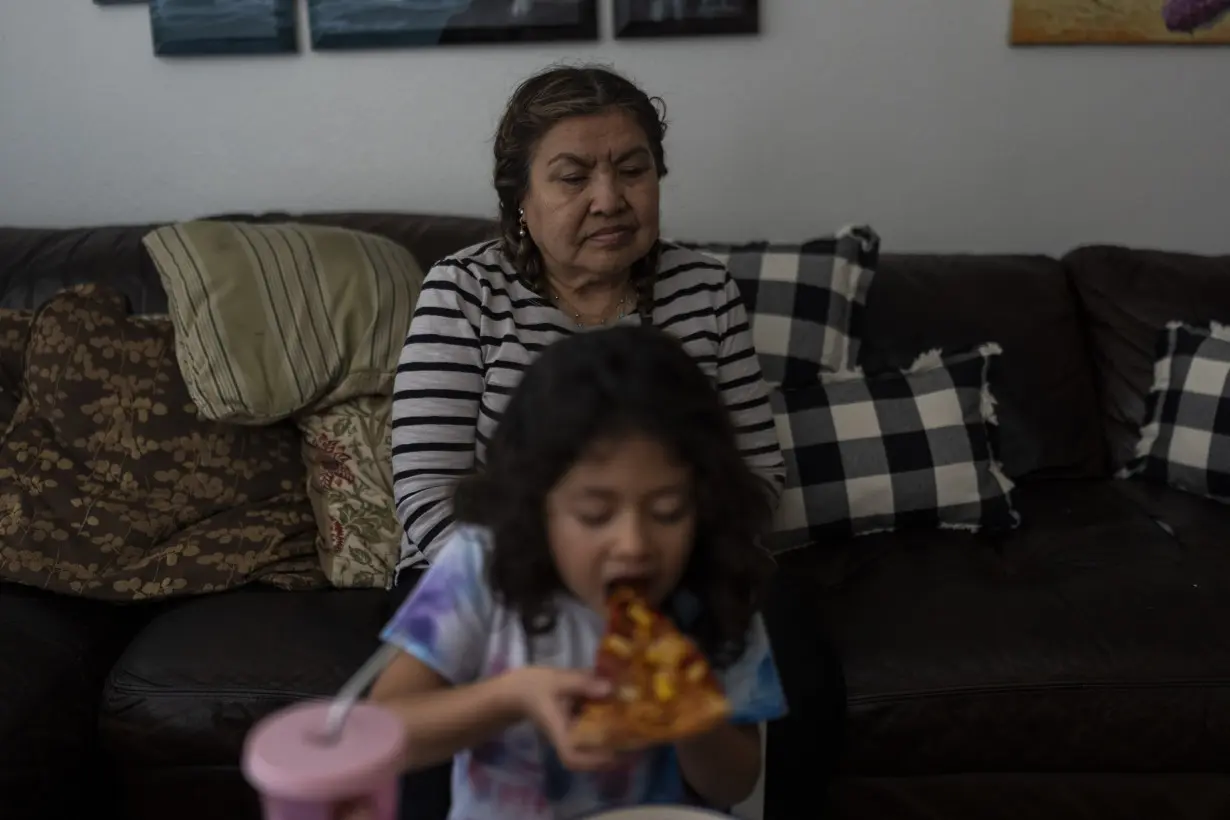
Not all units that expire out of LIHTC become market rate. Some are kept affordable by other government subsidies, by merciful landlords or by states, including California, Colorado and New York, that have worked to keep them low-cost by relying on several levers.
Local governments and nonprofits can purchase expiring apartments, new tax credits can be applied that extend the affordability, or, as in Maalouf’s case, tenants can organize to try to force action from landlords and city officials.
Those options face challenges. While new tax credits can reup a lapsing LIHTC property, they are limited, doled out to states by the Internal Revenue Service based on population. It's also a tall order for local governments and nonprofits to shell out enough money to purchase and keep expiring developments affordable. And there is little aggregated data on exactly when LIHTC units will lose their affordability, making it difficult for policymakers and activists to fully prepare.
There also is less of a political incentive to preserve the units.
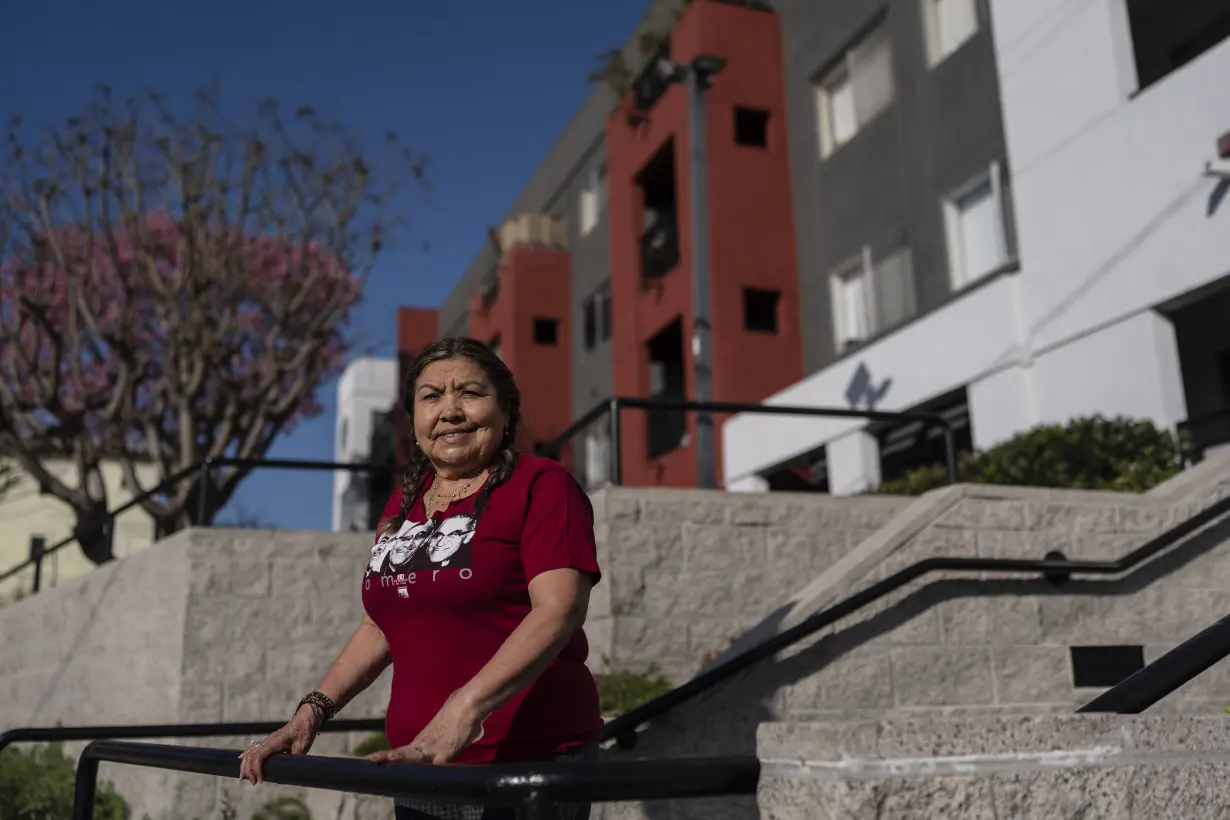
“Politically, you’re rewarded for an announcement, a groundbreaking, a ribbon-cutting,” said Vicki Been, a New York University professor who previously was New York City’s deputy mayor for housing and economic development.
“You’re not rewarded for being a good manager of your assets and keeping track of everything and making sure that you’re not losing a single affordable housing unit,” she said.
Maalouf stood in her apartment courtyard on a recent warm day, chit-chatting and waving to neighbors, a bracelet with a photo of Che Guevarra dangling from her arm.
“Friendly,” is how Maalouf described her previous self, but not assertive. That is until the rent hikes pushed her in front of the Los Angeles City Council for the first time, sweat beading as she fought for her home.

Now an organizer with the LA Tenants' Union, Maalouf isn’t afraid to speak up, but the angst over her home still keeps her up at night. Mornings she repeats a mantra: “We still here. We still here." But fighting day after day to make it true is exhausting.
Maalouf's apartment was built before California made LIHTC contracts last 55 years instead of 30 in 1996. About 5,700 LIHTC units built around the time of Maalouf's are expiring in the next decade. In Texas, it’s 21,000 units.
When California Treasurer Fiona Ma assumed office in 2019, she steered the program toward developers committed to affordable housing and not what she called “churn and burn," buying up LIHTC properties and flipping them onto the market as soon as possible.
In California, landlords must notify state and local governments and tenants before their building expires. Housing organizations, nonprofits, and state or local governments then have first shot at buying the property to keep it affordable. Expiring developments also are prioritized for new tax credits, and the state essentially requires that all LIHTC applicants have experience owning and managing affordable housing.
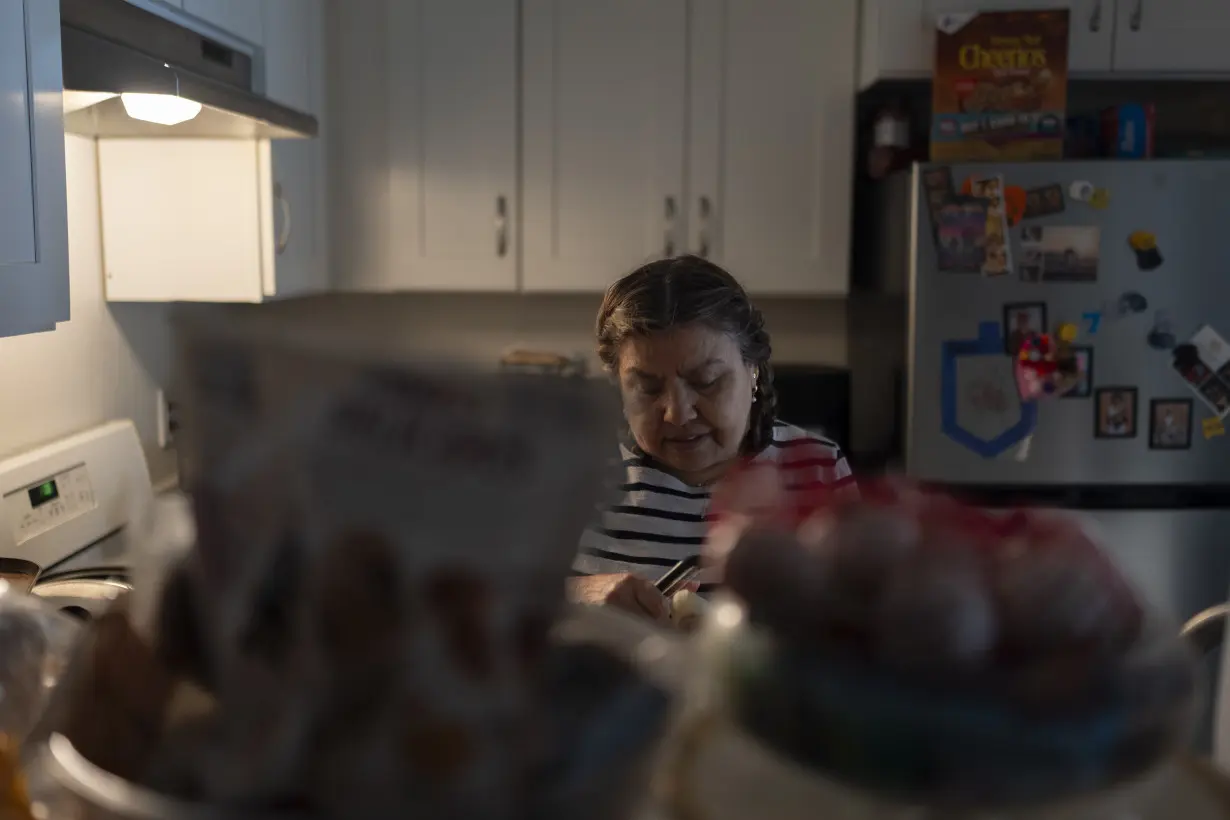
“It kind of weeded out people who weren’t interested in affordable housing long term,” said Marina Wiant, executive director of California’s tax credit allocation committee.
But unlike California, some states haven't extended LIHTC agreements beyond 30 years, let alone taken other measures to keep expiring housing affordable.
Colorado, which has some 80,000 LIHTC units, passed a law this year giving local governments the right of first refusal in hopes of preserving 4,400 units set to lose affordability protections in the next six years. The law also requires landlords to give local and state governments a two-year heads-up before expiration.
Still, local governments or nonprofits scraping together the funds to buy sizeable apartment buildings is far from a guarantee.
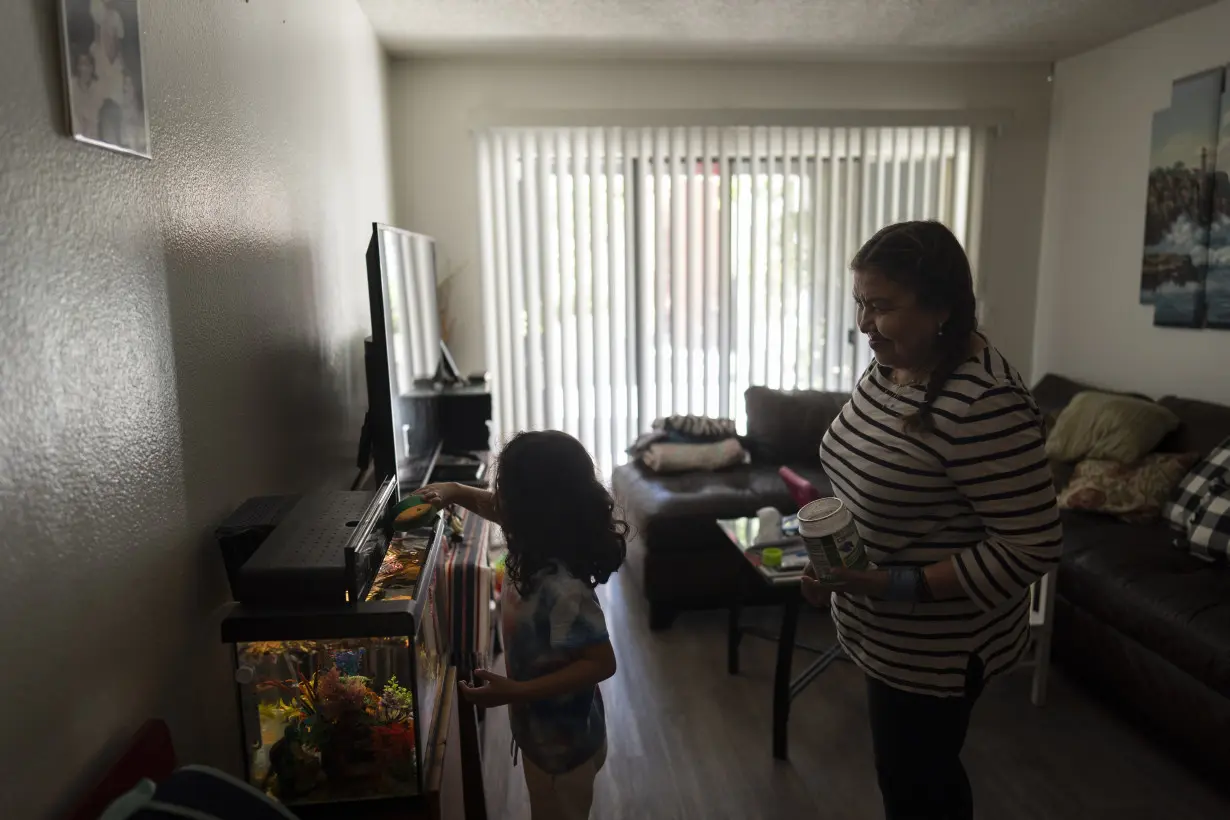
Stories like Maalouf's will keep playing out as LIHTC units turn over, threatening to send families with meager means back into the housing market. The median income of Americans living in these units was just $18,600 in 2021, according to the Department of Housing and Urban Development.
"This is like a math problem,” said Rossbert of Housing Colorado. “As soon as one of these units expires and converts to market rate and a household is displaced, they become a part of the need that’s driving the need for new construction.”
“It’s hard to get out of that cycle,” he said.
Colorado's housing agency works with groups across the state on preservation and has a fund to help. Still, it's unclear how many LIHTC units can be saved, in Colorado or across the country.

It's even hard to know how many units nationwide are expiring. An accurate accounting would require sorting through the constellation of municipal, state and federal subsidies, each with their own affordability requirements and end dates.
That can throw a wrench into policymakers' and advocates' ability to fully understand where and when many units will lose affordability, and then funnel resources to the right places, said Kelly McElwain, who manages and oversees the National Housing Preservation Database. It's the most comprehensive aggregation of LIHTC data nationally, but with all the gaps, it remains a rough estimate.
There also are fears that if states publicize their expiring LIHTC units, for-profit buyers without an interest in keeping them affordable would pounce.
“It's sort of this Catch-22 of trying to both understand the problem and not put out a big for-sale sign in front of a property right before its expiration,” Rossbert said.
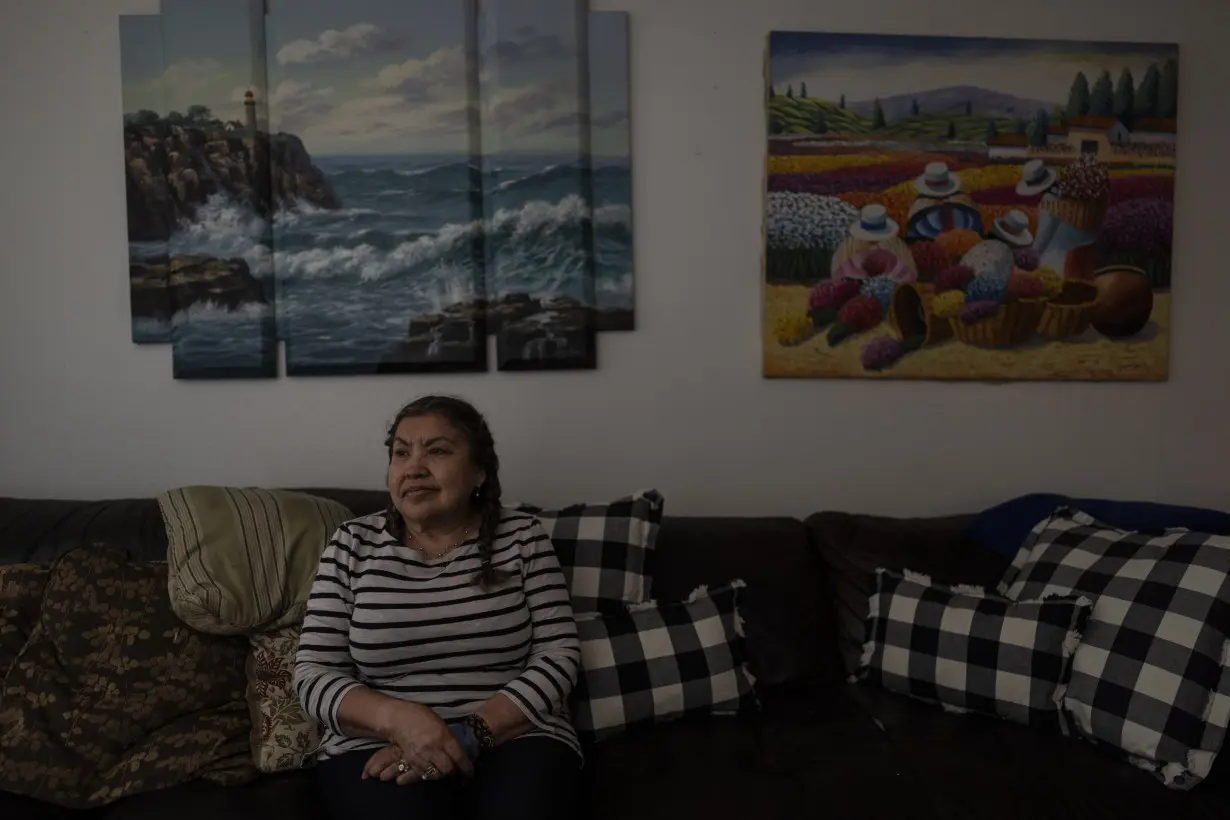
Meanwhile, Maalouf's tenant activism has helped move the needle in Los Angeles. The city has offered the landlord $15 million to keep her building affordable through 2034, but that deal wouldn't get rid of over 30 eviction cases still proceeding, including Maalouf's, or the $25,000 in back rent she owes.
In her courtyard, Maalouf's granddaughter, Rubie Caceres, shuffled up with a glass of water. She is 5 years old, but with special needs, her speech is more disconnected words than sentences.
"That’s why I’ve been hoping everything becomes normal again, and she can be safe,” said Maalouf, her voice shaking with emotion. She has urged her son to start saving money for the worst.
“We'll keep fighting,” she said, “but day by day it's hard.”

"I’m tired already.”
___
Bedayn reported from Denver.
___

Bedayn is a corps member of The Associated Press/Report for America Statehouse News Initiative. Report for America is a nonprofit national service program that places journalists in local newsrooms to report on undercovered issues.

 Trump has begun another trade war. Here's a timeline of how we got here
Trump has begun another trade war. Here's a timeline of how we got here
 Canada's leader laments lost friendship with US in town that sheltered stranded Americans after 9/11
Canada's leader laments lost friendship with US in town that sheltered stranded Americans after 9/11
 Chinese EV giant BYD's fourth-quarter profit leaps 73%
Chinese EV giant BYD's fourth-quarter profit leaps 73%
 You're an American in another land? Prepare to talk about the why and how of Trump 2.0
You're an American in another land? Prepare to talk about the why and how of Trump 2.0
 Chalk talk: Star power, top teams and No. 5 seeds headline the women's March Madness Sweet 16
Chalk talk: Star power, top teams and No. 5 seeds headline the women's March Madness Sweet 16
 Purdue returns to Sweet 16 with 76-62 win over McNeese in March Madness
Purdue returns to Sweet 16 with 76-62 win over McNeese in March Madness








